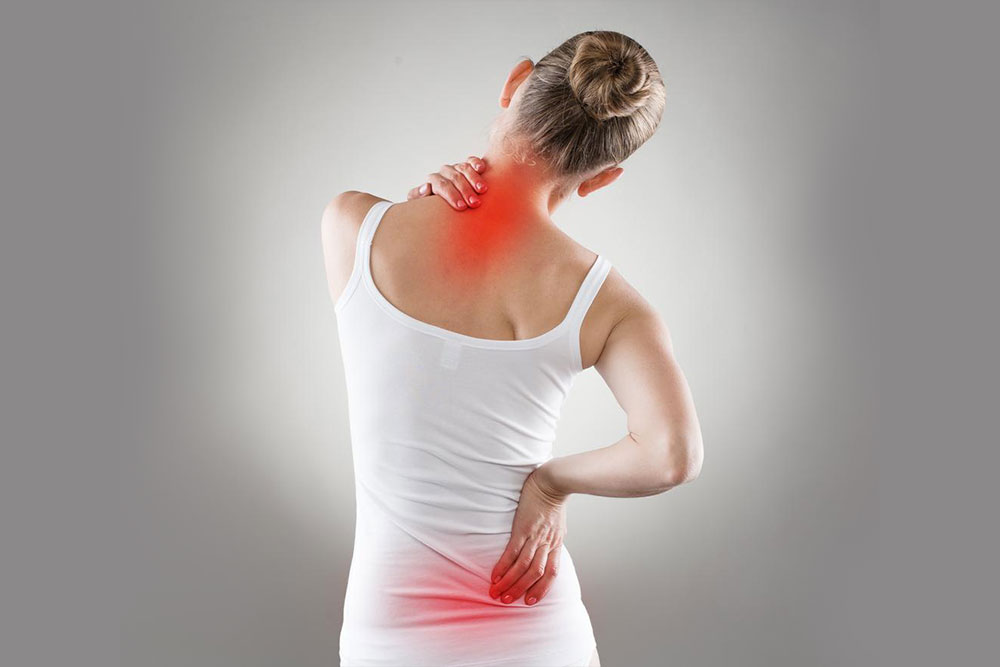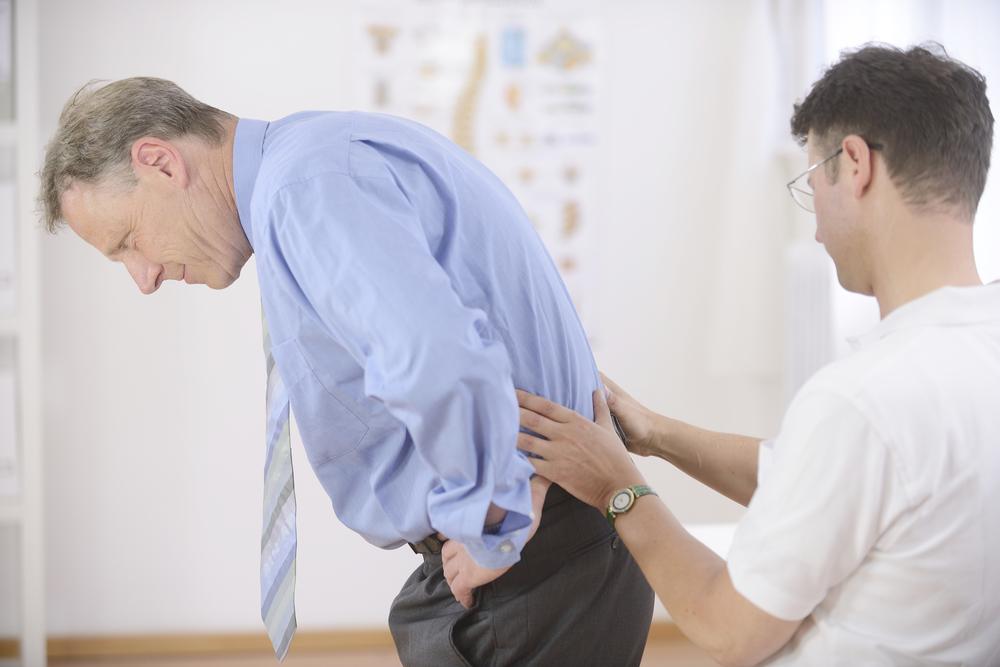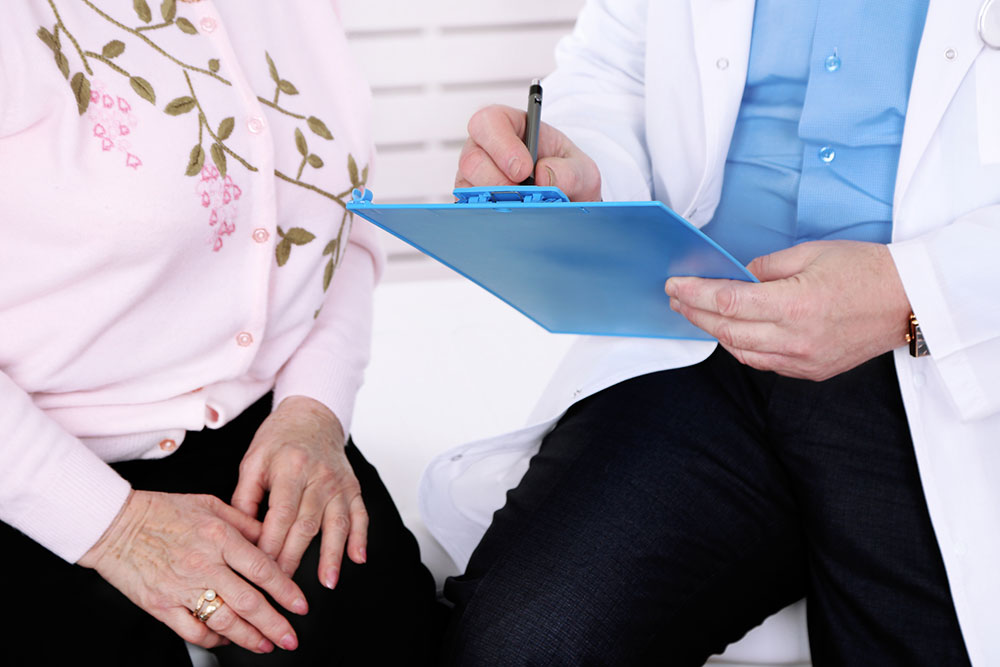Early Warning Signs of Osteoporosis: How to Protect Your Bone Health
Learn to recognize early signs of osteoporosis to prevent fractures and maintain healthy bones. This comprehensive guide covers risk factors, symptoms like postural changes and fractures, and preventive strategies including diet, exercise, and medical treatments. Early detection and lifestyle modifications are key to reducing disease progression and safeguarding your skeletal health for the long term.

Early Warning Signs of Osteoporosis: How to Protect Your Bone Health
Osteoporosis is a silent yet serious condition characterized by a significant reduction in bone mineral density, which leads to bones becoming fragile, brittle, and more prone to fractures. Often called the "silent killer" of bones, osteoporosis can progress without noticeable symptoms until a fracture occurs, making early identification crucial for effective management. In this comprehensive guide, we delve into how osteoporosis develops, the risk factors associated with it, and most importantly, how to recognize its early warning signs to prevent severe health complications.
Understanding Osteoporosis: What It Is and How It Develops
Osteoporosis is a progressive disease that compromises bone strength, increasing the likelihood of fractures even from minor stresses like coughing, bending, or slight falls. To comprehend its mechanism, it’s essential to understand bone remodeling — a continuous process where old bone tissue is broken down and new bone tissue is formed. This process ensures bones remain healthy and resilient. However, when the balance tips in favor of bone breakdown over formation, bones become porous and weak, resulting in osteoporosis.
Bone remodeling is influenced by a myriad of factors including age, hormonal changes, nutritional intake, physical activity levels, and genetic predispositions. As people age, especially postmenopausal women due to decreased estrogen levels, the rate of bone loss accelerates. This deterioration can begin in early adulthood and silently worsen over decades, often without any symptoms until fractures occur.
Globally, approximately 200 million women are affected by osteoporosis, highlighting its widespread impact. Men, though less frequently diagnosed, are also susceptible, especially with aging or certain health conditions. This disease not only increases morbidity due to fractures but also significantly diminishes the quality of life, making awareness and preventive measures essential.
Key Risk Factors and Causes of Osteoporosis
Understanding what increases the risk of osteoporosis can help in adopting preventive behaviors. Several factors contribute to the development of this condition:
Genetics: Family history of osteoporosis or fractures increases susceptibility.
Age: Bone density peaks in early adulthood and declines thereafter, particularly after age 50.
Gender: Women are at higher risk due to hormonal changes during menopause.
Body Size: Smaller, thinner individuals often have lower bone mass.
Nutritional Deficiencies: Insufficient calcium and vitamin D intake weaken bones.
Lifestyle and Behaviors: Smoking, excessive alcohol consumption, and sedentary lifestyles contribute to bone loss.
Medical Conditions and Medications: Certain diseases like rheumatoid arthritis and medications such as corticosteroids can accelerate bone deterioration.
Recognizing these factors can guide individuals and healthcare providers in assessing fracture risk and implementing early preventive strategies.
Why Early Detection Matters
Osteoporosis's stealthy nature makes it challenging to diagnose in its initial stages. Most individuals remain asymptomatic until a fracture occurs, which can result in severe pain, disability, or even loss of independence. Therefore, proactive identification through screening tests is vital, particularly for those with high risk factors.
The primary diagnostic tool is a bone density scan, typically performed via dual-energy X-ray absorptiometry (DXA). This non-invasive, quick procedure measures bone mineral density and helps categorize fracture risk levels.
Early detection enables lifestyle modifications, nutritional adjustments, and, if necessary, medical treatments that can slow or halt disease progression, thus preventing fractures and preserving quality of life.
Recognizing the Signs and Symptoms of Osteoporosis
Because osteoporosis often shows no early symptoms, awareness hinges on recognizing physical changes and incidental findings. The key signs include:
Postural Changes: One of the earliest visible signs is a hunched or stooped posture, known as kyphosis or dowager's hump. This occurs due to vertebral compression fractures, which can happen with minimal trauma. The spinal collapse causes the upper back to curve forward, affecting both appearance and lung capacity.
Bone Fractures: Fractures at common sites such as the hips, wrists, and spine are hallmark indicators. These fractures can occur after minor falls or even during routine activities like coughing or bending. Such fragility fractures are often the first clue that osteoporosis is advancing.
Persistent Back or Neck Pain: Spinal fractures from vertebral compression lead to ongoing discomfort, which varies from mild tenderness to severe pain. This pain may worsen with movement and may be accompanied by swelling or deformity if fractures are complex.
Decreased Height: Over time, multiple vertebral fractures can cause a noticeable reduction in height. This height loss is a subtle sign of underlying vertebral damage caused by osteoporosis, often happening gradually and unnoticed.
When to Seek Medical Attention
If you experience any of the above signs, particularly severe back pain, sudden height loss, or unexplained fractures, it’s imperative to consult a healthcare professional promptly. Early diagnosis and intervention not only manage existing fractures but also reduce the risk of future ones.
Be vigilant about symptoms, especially if you fall into high-risk categories such as postmenopausal women, older adults, or individuals with a family history of osteoporosis. Regular screenings are recommended for at-risk populations to facilitate early detection.
Preventive Measures and Treatment Options
While osteoporosis can have serious consequences, many measures can help prevent or slow its progression:
Dietary Adjustments: Consuming adequate calcium-rich foods like dairy products, leafy greens, and fortified foods is fundamental. Vitamin D is essential for calcium absorption, so exposure to sunlight and supplements if needed are recommended.
Regular Weight-Bearing Exercise: Activities like walking, jogging, dancing, or resistance training stimulate bone formation and strengthen muscles, reducing fall risk.
Avoid Smoking and Excessive Alcohol: Both behaviors accelerate bone loss and impair bone healing.
Bone-Health Medications: For individuals at higher risk or with significant bone loss, doctors may prescribe medications such as bisphosphonates, hormone therapy, or other drugs to increase bone density and reduce fracture risk.
Fall Prevention: Modifying your environment to reduce tripping hazards and improving balance and strength can significantly decrease fall-related fractures.
Implementing these strategies early can significantly impact long-term bone health, preventing fractures and maintaining mobility and independence.
Conclusion: Take Action Now to Safeguard Your Bones
Osteoporosis is a prevalent yet preventable disease that silently undermines your skeletal health. Recognizing early signs such as postural changes, fractures, and height loss can empower you to seek timely medical interventions. Adopting a healthy lifestyle, ensuring adequate nutrition, regular exercise, and routine screenings are integral to maintaining strong bones. Don’t wait until a fracture occurs — proactive measures can save not only your bones but also your quality of life. Educate yourself, stay vigilant, and consult healthcare professionals to develop a personalized plan for optimal bone health.





